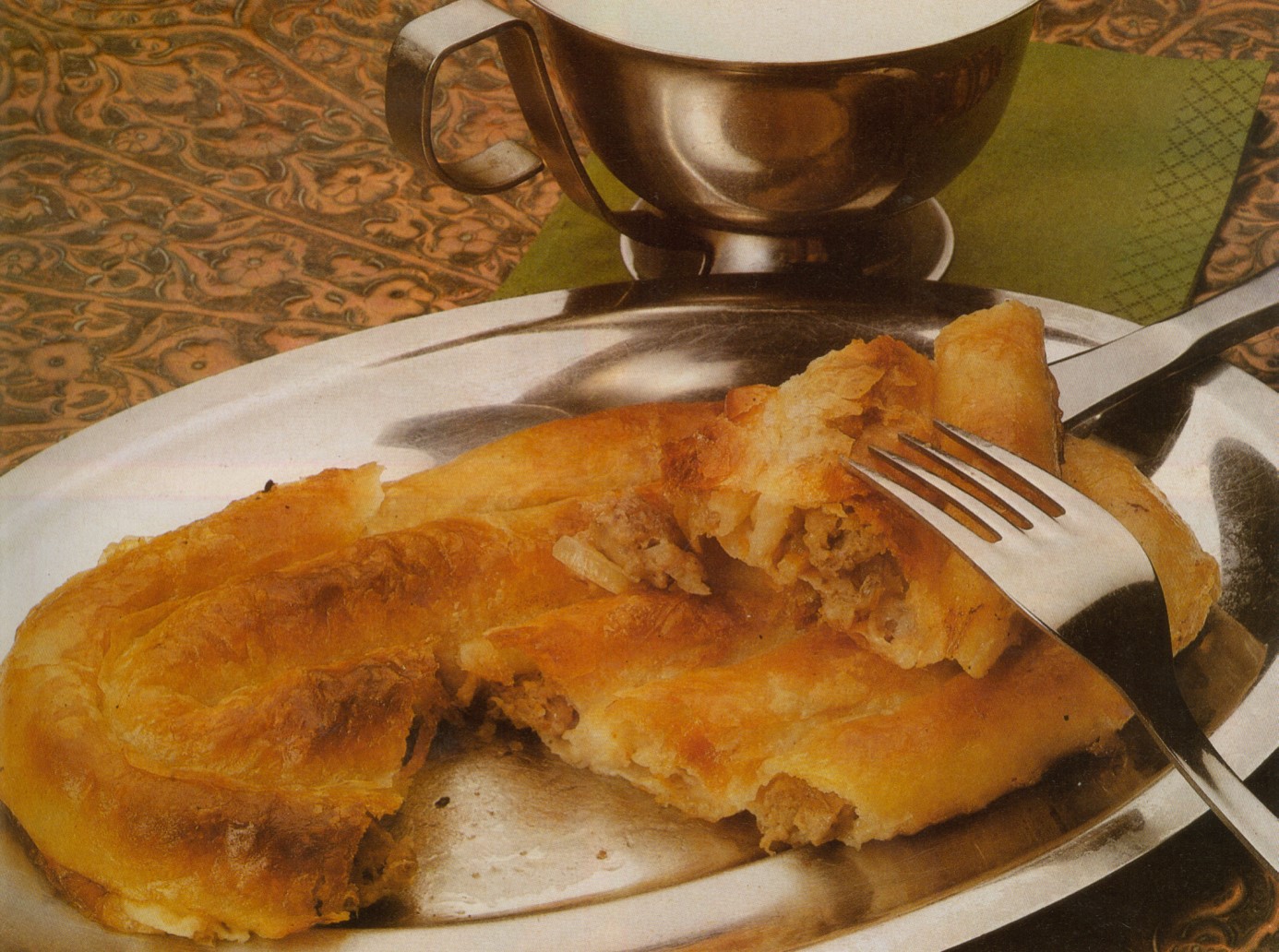“The Perfect Servant”: Race, Hygiene, and Canning Machinery at the Dole Hawaiian Pineapple Company

In 1928, the Dole Hawaiian Pineapple Company published an advertisement of a pineapple cannery that declared in bold, black letters: “The Perfect Servant Lives in Honolulu.” This advertisement was not referring to a perfect factory worker, but the perfect canning machine: the groundbreaking Ginaca invented by engineer Henry Gabriel Ginaca, which profoundly advanced the pineapple canning process in the early twentieth century. The 1928 advertisement showed an aerial view of the Ginaca machines, with pineapples descending down long, slender conveyor belts. Inside the Ginacas were tubular slicing knives that could cut and can as many as 100,000 pineapples a day. Eventually, the Ginaca not only cored, peeled, and sliced the fruit into neat squares, but also sized it to fit…

